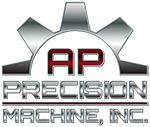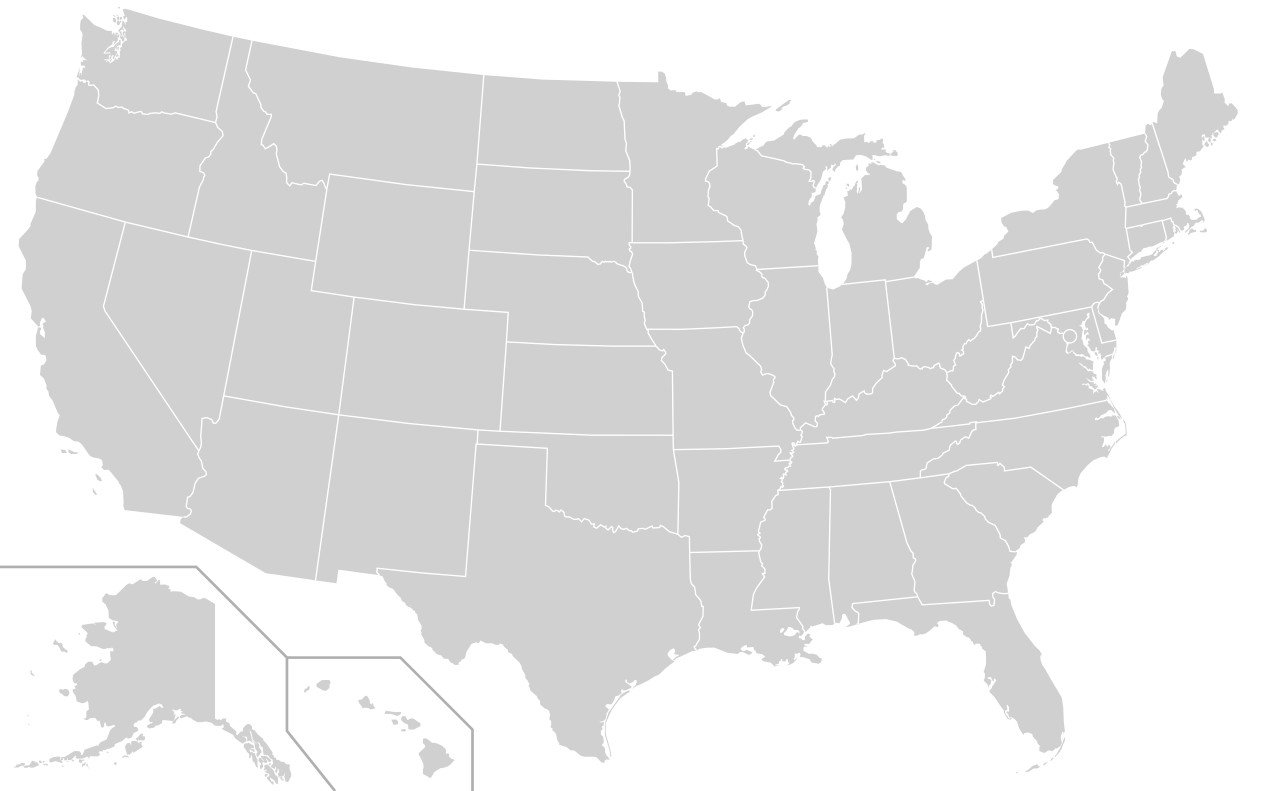In the world of industrial manufacturing, choosing the right cutting process can directly impact the quality, cost, and performance of your final product. Among the most widely used methods today are waterjet cutting and laser cutting—each with unique strengths and limitations.
But when exactly should you choose one over the other?
What Is Waterjet Cutting?
Waterjet cutting uses an extremely powerful stream of pressurized water, often mixed with an abrasive, to cut through a wide variety of materials. Its key feature is that it’s a cold cutting process, meaning no heat is generated during cutting.
This makes it very different from methods like laser cutting, which rely on high temperatures and can alter the properties of the material.
What Is Laser Cutting?
Laser cutting uses a highly concentrated laser beam to melt, burn, or vaporize materials. It delivers fast cutting speeds and works especially well with thin metals and sheet materials. However, because it’s a thermal process, it can cause heat-affected zones, warping, or hardened edges in certain materials.
When to Choose Waterjet Cutting
Here are the main scenarios where waterjet cutting is not only the right choice but often essential for achieving the best results:
1 – Heat-sensitive materials
For materials that deform under heat—such as aluminum, plastics, composites, or glass—waterjet cutting is ideal. As a cold process, it preserves the material’s properties without cracks, burns, or thermal stress.
2 – High precision and intricate details
Waterjet cutting can achieve extremely tight tolerances, making it perfect for complex geometries, prototypes that require accuracy and aerospace or pharmaceutical components.
3 – Multi-material projects
Unlike laser cutting, which is limited mainly to metals and certain plastics, waterjet cutting can handle metals (steel, stainless, copper, titanium), ceramics, glass, stone, marble, rubber and foams.
4 – Clean edge finish
Waterjet cutting leaves smooth, burr-free edges, minimizing the need for sanding, grinding, or additional machining.
5 – Material efficiency
Because of its precision, waterjet cutting maximizes raw material usage—an advantage when working with expensive or custom-sized sheets.
When to Choose Laser Cutting
Laser cutting is often the better choice when:
– Cutting thin metals or sheet materials at high speed.
– Projects require very fine lines on materials like stainless steel.
– You need a fast turnaround for simple geometries.
However, for thick, heat-sensitive, or multi-material projects, waterjet cutting remains the superior option.
Conclusion
If your project involves sensitive materials, detailed shapes, or multiple material types, waterjet cutting is often the best choice. On the other hand, for thin metals and high-volume production, laser cutting may be more cost-effective.
At AP Precision Machine, Inc., we specialize in custom waterjet cutting services with over 20 years of experience. Our team works with engineers, buyers, and businesses across industries to deliver precise, efficient, and cost-effective solutions.
Contact us today to request a quote or get expert guidance on which process is right for your project.


